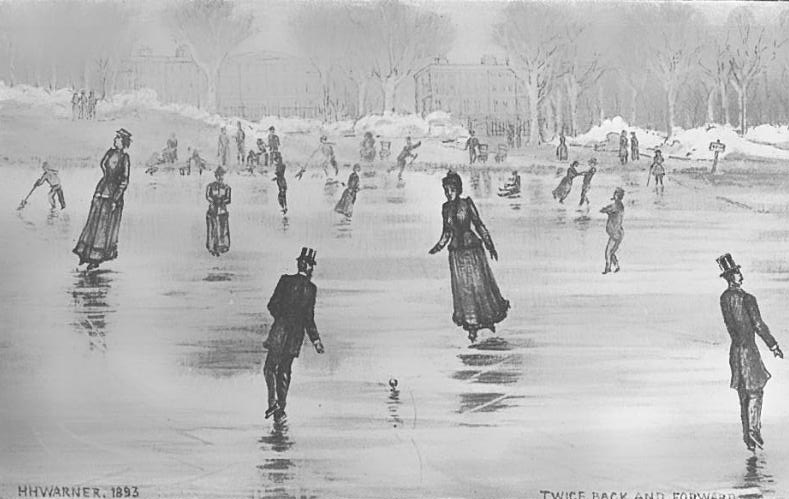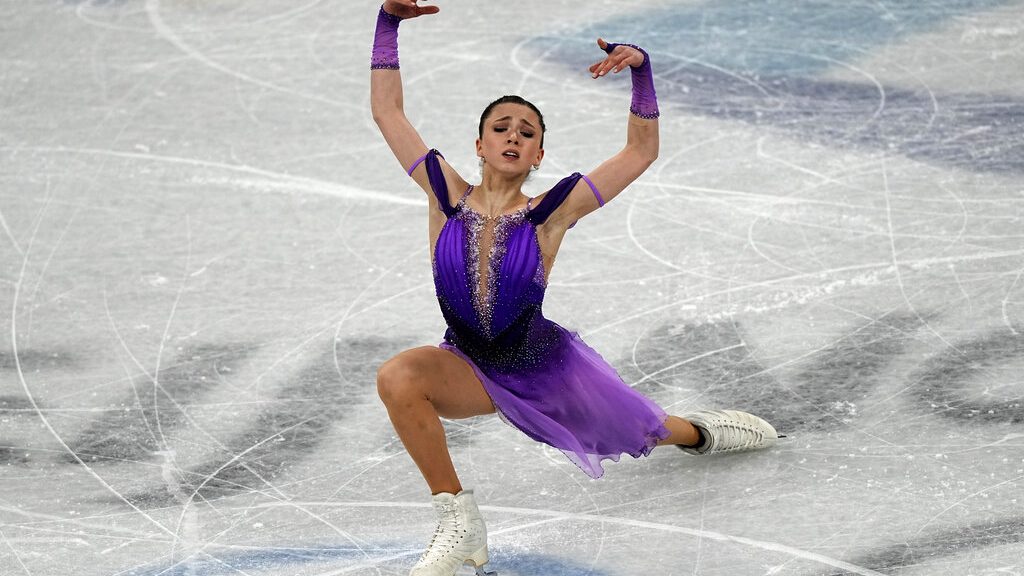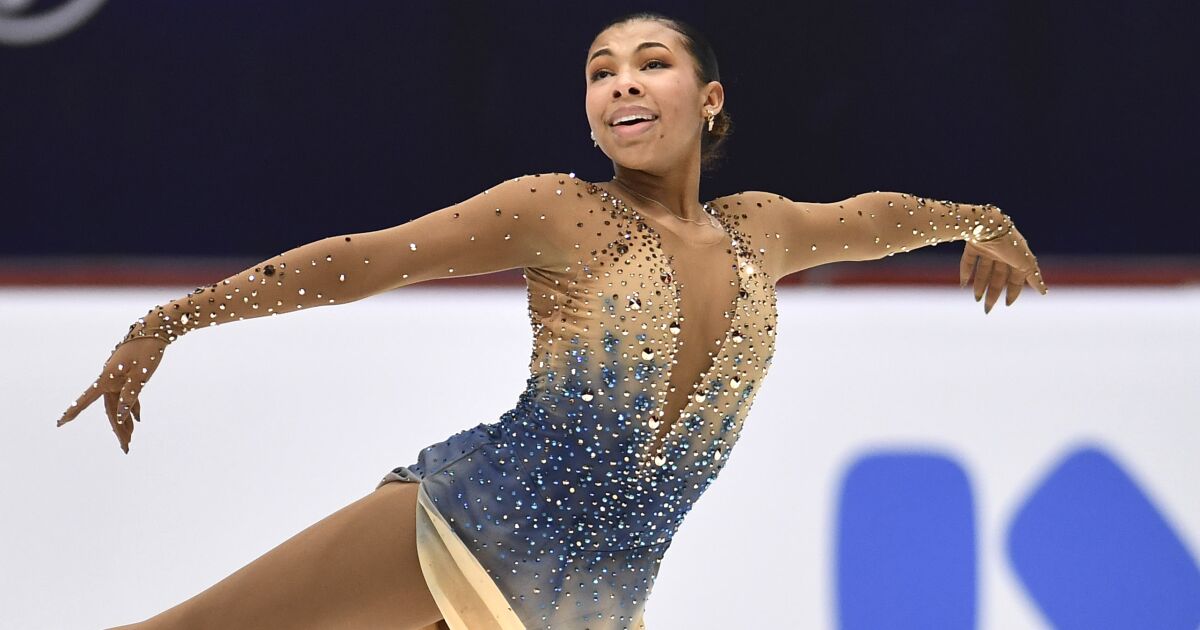Figure skating is a sport that combines athleticism, artistry, and grace on the ice. It has a rich history that spans several centuries, and has evolved over time to become one of the most popular winter sports in the world. In this article, we will take a closer look at the history of figure skating, from its humble beginnings to where it is headed today.
The Origins of Figure Skating
The origins of figure skating can be traced back to the 17th century, when Dutch traders began using frozen canals and rivers as a means of transportation during the winter months. Over time, this evolved into a recreational activity, as people began skating for fun and leisure.
The first recorded figure skating competition took place in 1864, in St. Petersburg, Russia. The competition featured a series of compulsory figures, which were essentially patterns that skaters had to trace on the ice. Skaters were judged on the accuracy and precision of their figures, as well as their overall style and technique.
As figure skating began to gain popularity, more competitions were organized, and the sport continued to evolve. In the early 1900s, the International Skating Union (ISU) was formed, which established rules and regulations for the sport and organized international competitions.

The Evolution of Figure Skating
In the early days of figure skating, the focus was primarily on the technical aspects of the sport, such as the execution of compulsory figures. However, as the sport continued to evolve, more emphasis was placed on artistry and performance.
In the 1920s and 1930s, ice dance became a popular component of figure skating, which emphasized the artistic and creative elements of the sport. Ice dance involves choreographed routines set to music, and is judged on the skaters’ ability to interpret the music and convey emotion through their movements.
In the 1940s and 1950s, pairs skating emerged as a popular discipline within figure skating. Pairs skating involves two skaters performing together, and is judged on the synchronization of their movements, as well as the difficulty and originality of their lifts and throws.
In the 1970s and 1980s, figure skating underwent another evolution, as the emphasis shifted towards athleticism and the execution of difficult jumps and spins. This led to the rise of skaters like Dorothy Hamill and Brian Boitano, who were known for their technical prowess and athleticism on the ice.
Where Figure Skating is Headed Today
Today, figure skating continues to be a popular sport around the world, with millions of fans tuning in to watch competitions and performances. The sport has continued to evolve over the years, with new disciplines and techniques emerging.
One of the most significant changes in recent years has been the use of technology to enhance the sport. In 2004, the ISU introduced instant replay technology, which allows judges to review performances in slow motion to ensure accurate scoring. This has helped to improve the fairness and objectivity of judging, and has made the sport more accessible to a wider audience.
Another significant change has been the increasing diversity and inclusivity within the sport. In recent years, more skaters from diverse backgrounds have begun to compete at the highest levels of the sport, including skaters from countries that were previously underrepresented in figure skating.
In addition, there has been a greater emphasis on the artistic and creative aspects of figure skating. Skaters are now encouraged to incorporate more original and innovative elements into their performances, and to showcase their unique personalities and styles on the ice.

Conclusion
Figure skating has come a long way since its humble beginnings on frozen canals and rivers. It has evolved over the centuries to become a highly technical, athletic, and artistic sport that captivates audiences around the world. While the sport continues to evolve, one thing remains constant: the beauty and grace of figure skating. It is a sport that requires incredible skill, dedication, and passion, and it inspires millions of people around the world.
As we look to the future of figure skating, it is clear that the sport will continue to evolve and grow. New technologies and innovations will enhance the sport, while increasing diversity and inclusivity will help to broaden its reach and appeal. And through it all, the beauty and grace of figure skating will continue to captivate audiences and inspire future generations of skaters.
Whether you are a lifelong fan of figure skating or a newcomer to the sport, there is no denying its power and appeal. From its humble beginnings to its current status as one of the most beloved winter sports in the world, figure skating has a rich history and a bright future ahead. So, the next time you watch a skater glide across the ice with effortless grace, take a moment to appreciate the centuries of history and evolution that have led us to this point, and the endless possibilities that lie ahead.
